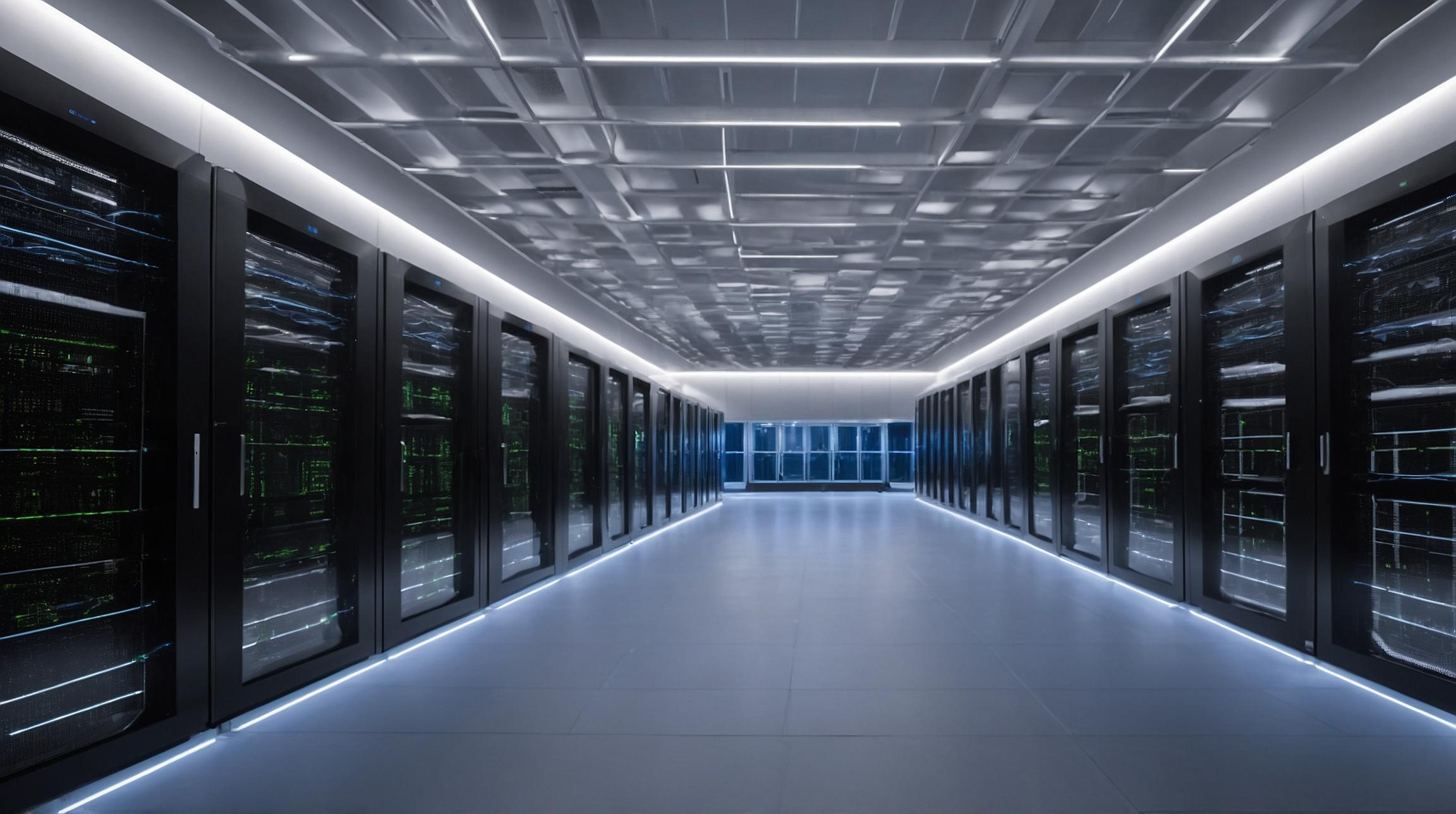Understanding Ransomware-as-a-Service (RaaS) Evolution
Ransomware has emerged as a major cybersecurity threat, and in recent years, it has evolved significantly. A survey of 1,200 cybersecurity professionals revealed that over 57% encountered a data breach due to ransomware. This surge demonstrates how cybercriminals adapt, using models like Ransomware-as-a-Service (RaaS) and double extortion techniques.
Originally, RaaS mirrored the Software-as-a-Service (SaaS) model, where attackers paid for access to ransomware kits. However, this straightforward version is now outdated. Since 2016, the RaaS model shifted towards a gig economy-like structure, focusing on collaboration between specialists rather than enabling less skilled individuals to engage in cybercrime.
RaaS Affiliates: New Age Cybercriminals
In the modern RaaS model, there are two main roles: operators and affiliates. Operators are developers who create ransomware kits, which they sell or rent to affiliates. Affiliates, lacking the skills to develop malware, use these kits to conduct attacks, sharing profits with operators. These affiliates specialize in social engineering and breaching systems rather than creating malware, streamlining the process and expanding their target range.
Emerging Ransomware Trends in 2024
Several key trends highlight the evolving ransomware landscape:
Data Exfiltration and Double Extortion: Cybercriminals now couple data theft with encryption, pressuring victims to pay not only for data release but also to prevent public disclosure of sensitive information. Sometimes, they bypass encryption entirely, opting for data theft alone to avoid law enforcement scrutiny.
Manual Hacking Focus: The emphasis is on the initial hacking phase, which may last weeks, as opposed to the swift encryption process. This shift demands significant investment in manual hacking efforts.
Exploiting Edge Device Vulnerabilities: Attackers now target vulnerabilities in widely used platforms, acting rapidly to compromise numerous victims. This trend was evident with the Log4j vulnerability in 2021 and continues today.
- Supply Chain Attacks: By infiltrating vendors or contractors within a network, attackers can access larger organizations, emphasizing the need for comprehensive supply chain security.
Enhancing Cybersecurity Against Ransomware
To counter these evolving threats, businesses must strengthen defenses against manual hacking:
Implement Robust Security Operations: Utilizing managed detection and response (MDR) services can help monitor systems continuously. Tools like endpoint detection and response (EDR) offer further protection.
Adopt a Multi-layered Security Approach: Cover all bases, from endpoints to cloud environments. No single solution suffices; a combination of measures increases early threat detection and mitigation.
Employee Training: Educate employees to recognize and report suspicious activity, enhancing the human element of security.
Ultimately, while ransomware poses significant challenges, a proactive and comprehensive security strategy can mitigate risks and protect valuable data.













